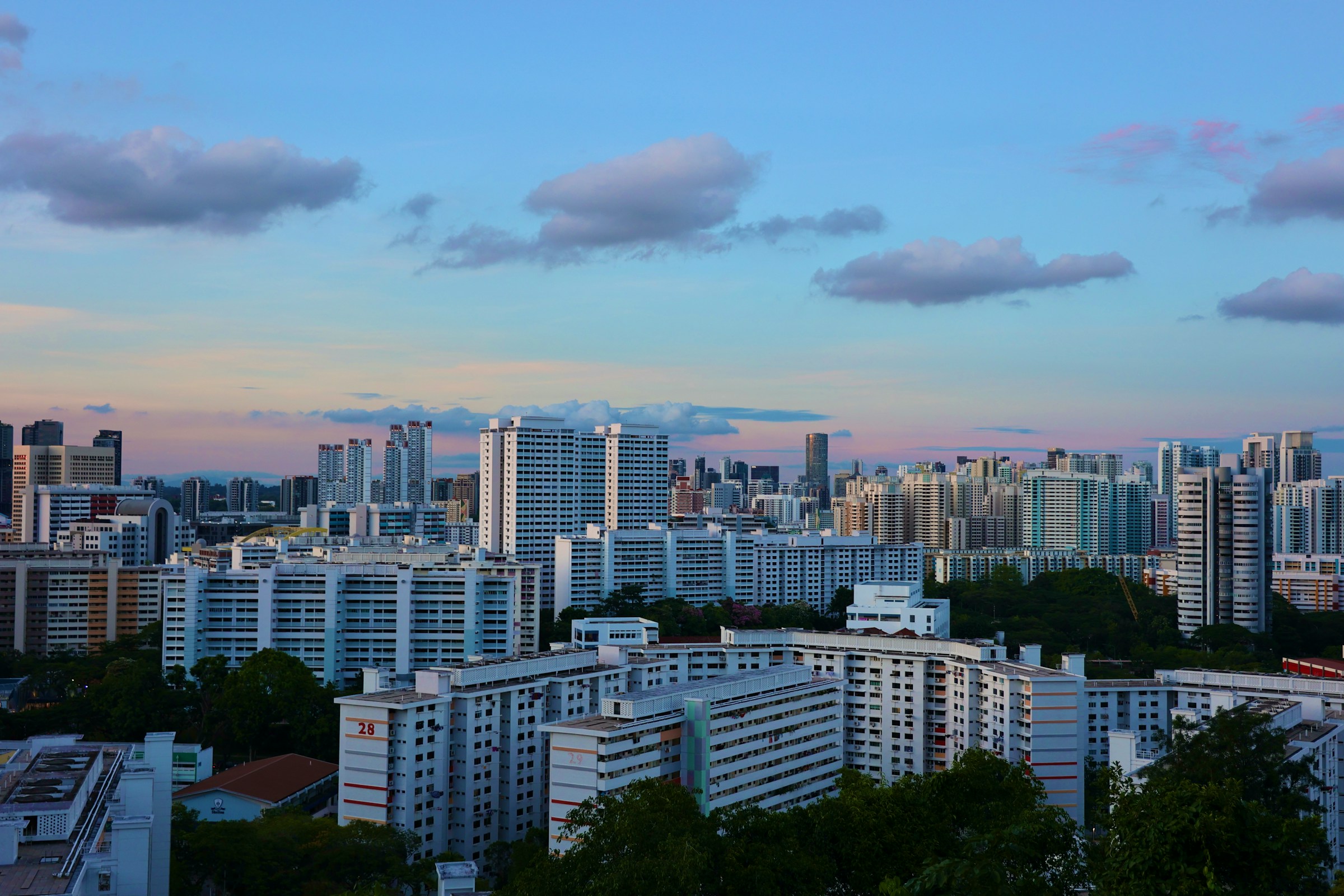At Fernwood Towers, a 31-year-old freehold condominium near Siglap, a broken lift isn’t just an inconvenience—it’s a glimpse into the strategic divergence that threatens the viability of Singapore’s aging private residential stock. When CFO Haider Manasawala was forced to carry his luggage down 21 storeys due to lift breakdowns, it wasn’t a one-off event. For years, residents had tolerated recurrent failures while the condo’s management corporation (MCST) struggled to raise funds for a long-overdue overhaul.
This isn’t just a story about dilapidated lifts. It’s about the strategic standoff emerging in thousands of aging condos across Singapore, where live-in residents and investor owners can no longer agree on what’s worth maintaining—and when. And that rift is quietly setting up a deeper fragility in the private housing sector.
The lift failures at Fernwood Towers are part of a broader pattern. According to ERA Singapore, nearly one-third of the country’s condominiums are already more than 30 years old—a figure set to rise to 43% by 2035, barring collective sales. As these estates age, major infrastructure elements—lifts, plumbing systems, façade cladding, waterproofing membranes—begin to fail not gradually, but all at once.
Yet for many strata-titled condos, accumulating adequate sinking funds to preemptively address these issues has proven difficult. And the reason goes beyond affordability. It lies in ownership misalignment.
Investor-owners often deprioritize long-term upgrades in hopes of an en bloc sale, where payout potential may outweigh the cost of interim maintenance. Meanwhile, live-in residents—many of whom are retirees or families—bear the operational consequences of deferrals. What one group sees as optional spending, the other experiences as quality-of-life erosion.
This strategic divergence is now becoming structurally significant. As more condos age into their 30s and 40s, their repair costs balloon—but their governance systems remain calibrated for harmony, not strategic conflict resolution.
The structure of MCST councils adds another layer of complexity. Often composed of volunteer residents, these committees face two constraints: a lack of technical expertise to assess long-term asset deterioration, and political pressure to avoid raising fees—particularly in mixed-demographic estates.
As industry professionals point out, many MCSTs operate reactively, not preventively. They defer works to avoid pushing unpopular levies. They postpone audits that might force difficult trade-offs. They underestimate lifecycle costs, or hope external policy changes—like a government maintenance grant or collective sale—will arrive before collapse does.
In Fernwood Towers, the turning point only came when Mr Haider took over as council chair and secured a $1.7 million special levy to replace the lifts. It required 216 units to shoulder an average of $320 a month over two years—on top of regular contributions. And that’s a success story. Many other MCSTs remain paralyzed, unable to convince owners that the cost of inaction will be far worse.
This paralysis reveals a deeper market truth: in the private housing sector, the perceived value of aging properties is no longer uniform.
In newer, premium developments—especially those with institutional landlords or single-developer ownership—major upgrades are often proactively funded and executed. But in mid-tier and older freehold estates with fragmented ownership, the incentive to coordinate and invest vanishes as asset fatigue sets in.
Compare this with Singapore’s public housing sector. The Housing Development Board (HDB) manages aging with infrastructure-scale planning and government co-funding, such as the Neighbourhood Renewal Programme and Home Improvement Programme. These schemes offer predictability, engineering oversight, and a central planning ethos that private condos lack.
The private sector, by contrast, is now confronting what economists would call a “tragedy of the commons.” No single owner has the capital or incentive to act alone. But unless all owners act together, deterioration becomes irreversible—and the property's market value quietly decays.
What makes this dynamic more urgent now is the macro shift underway in Singapore’s housing narrative. For decades, property was viewed as a predictable store of value. Freehold status, in particular, implied a kind of perpetual durability. But aging condos—especially those without major upgrades or clear resale pathways—are now being re-evaluated by buyers and banks alike.
Lenders have become more cautious about financing units in estates with visible wear and thin reserves. Buyers factor in future levies when calculating affordability. And valuation discounts begin to appear—not because of location or layout, but because of lift ages, waterproofing leaks, or failing façade tiles.
The strategic risk, then, is clear. Owners who refuse to fund upgrades may believe they’re saving money. But in reality, they may be accelerating asset devaluation. And in markets like Singapore, where intergenerational wealth is often tied to residential property, that’s not just a structural risk. It’s a cultural one.
Industry voices have called for legislative interventions, such as minimum sinking fund contributions, or mandatory technical audits once estates hit certain age thresholds. These would provide MCSTs with clearer planning frameworks and remove the political burden of initiating fee hikes.
There is also growing advocacy for public education campaigns to help owners understand the true lifecycle costs of their assets. Unlike HDB owners, private condo owners often lack the mindset—or the data—to approach their estates as capital assets with depreciation curves.
Some observers suggest that the Government could share case studies or models from the public sector to guide MCSTs in long-term maintenance planning. Whether that becomes a formal program or a soft signal remains to be seen. But the directional shift is unmistakable: aging private condos are no longer just real estate. They are a governance stress test.
This isn’t a story about broken lifts. It’s a story about strategic drift. Singapore’s aging condominiums are exposing a long-overlooked divide between owners who see their units as homes and those who view them as speculative assets. That divergence is now colliding with physical infrastructure limits.
The market can no longer assume that “private means self-sufficient.” As infrastructure ages and coordination costs rise, the system may require more policy scaffolding—not less. For developers, fund managers, and prospective buyers, this signals a deeper truth: long-term asset value doesn’t just depend on location or tenure. It depends on alignment. And increasingly, that’s what’s missing.





